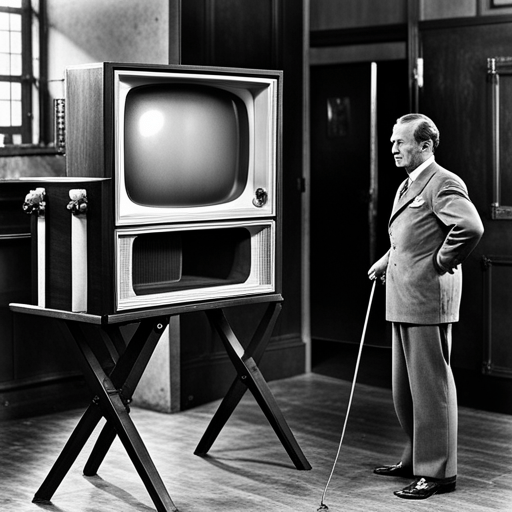Television has been a popular form of entertainment and communication for over a century. The first television system was developed in the late 1800s, but it was not until the mid-1900s that television became widely available to the public.
The Early Years of Television
The first experimental television broadcasts were made in the 1920s, using mechanical systems that were not practical for widespread use.
The first practical electronic television system was developed in the 1930s by Philo Farnsworth, an American inventor.
By the late 1930s, several countries, including the United States, the United Kingdom, and Germany, had begun regular television broadcasts.
The Expansion of Television
In the post-World War II years, television became increasingly popular and was adopted by countries worldwide.
The 1950s and 1960s saw the development of color television, which became the standard for most countries.
In the 1970s and 1980s, the proliferation of cable and satellite television allowed channels and programming options to expand.
The Digital Age of Television
The transition to digital television began in the late 1990s and early 2000s, with many countries switching from analog to digital signals.
The widespread adoption of streaming services in the 2010s has also transformed how people access and consume television content.
Today, television is available on various platforms and devices, and it continues to evolve with new technologies and formats.
Regional Differences in Television
While television has become a global medium, there are still significant regional differences in content, programming, and broadcast standards.
In some countries, state-run broadcasters dominate the market, while private broadcasters hold a larger share in others.
The development and adoption of new technologies, such as high-definition and ultra-high-definition television, have also varied by region.
The Impact of Television
Television has had a significant cultural and social impact around the world.
It has played a role in shaping public opinion and shaping political debates.
Television has also influenced popular culture’s fashion, language, and other aspects.
However, it has also been the subject of criticism, with concerns about the adverse effects of excessive television viewing on health and the potential for biased or misleading programming.
The Future of Television
 As technology continues to evolve, the future of television will likely see further developments in how we access and consume content.
As technology continues to evolve, the future of television will likely see further developments in how we access and consume content.
The growth of streaming services has already changed the traditional television broadcasting model, and this trend is likely to continue.
The use of virtual and augmented reality in television is also an area of potential growth.
Some experts predict that television will become increasingly personalized, with algorithms suggesting content based on an individual’s interests and viewing history.
The use of artificial intelligence in television production and distribution is another possibility.
It is difficult to predict precisely what the future of television will look like, but one thing is sure: it will continue to be an essential part of our lives and culture.
In conclusion, television has come a long way since its early experimental broadcasts in the 1920s. It has become a global medium that has shaped popular culture and influenced public opinion. While there have been significant technological advances, such as the transition to digital signals and the proliferation of streaming services, television has also faced challenges and criticisms. As we look to the future, television will likely continue to evolve with new technologies and formats, and it will remain an essential part of our lives and culture.



